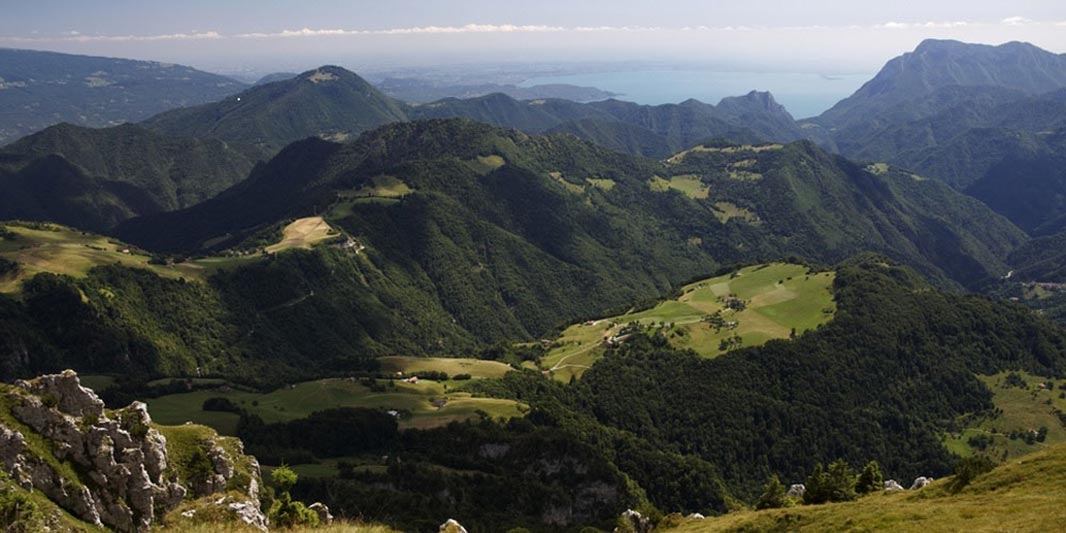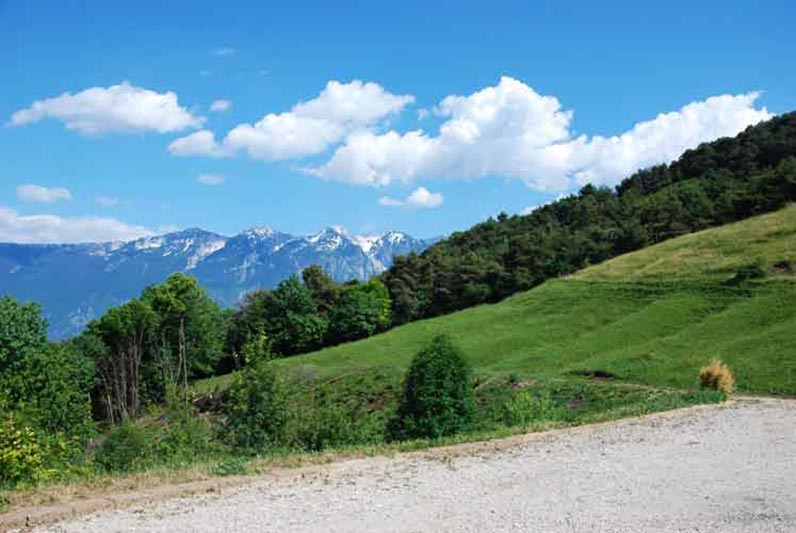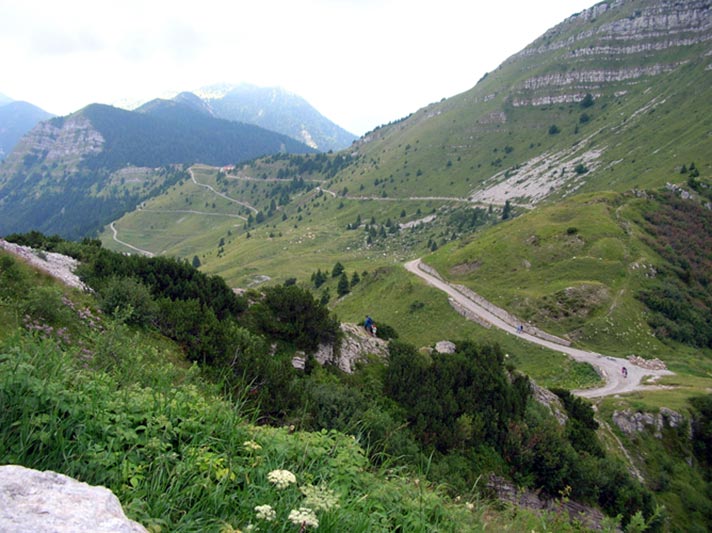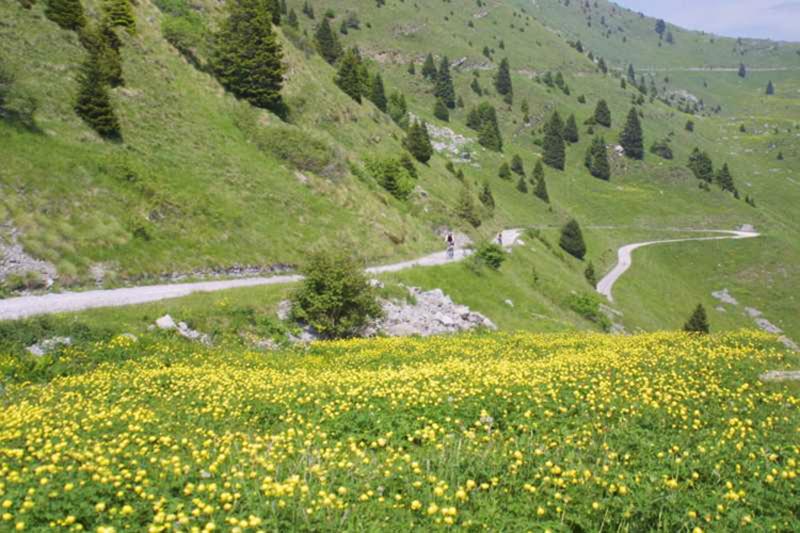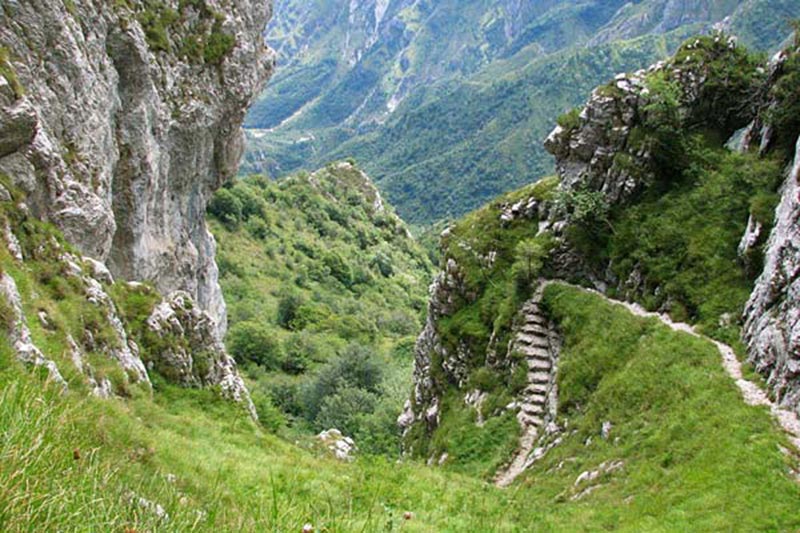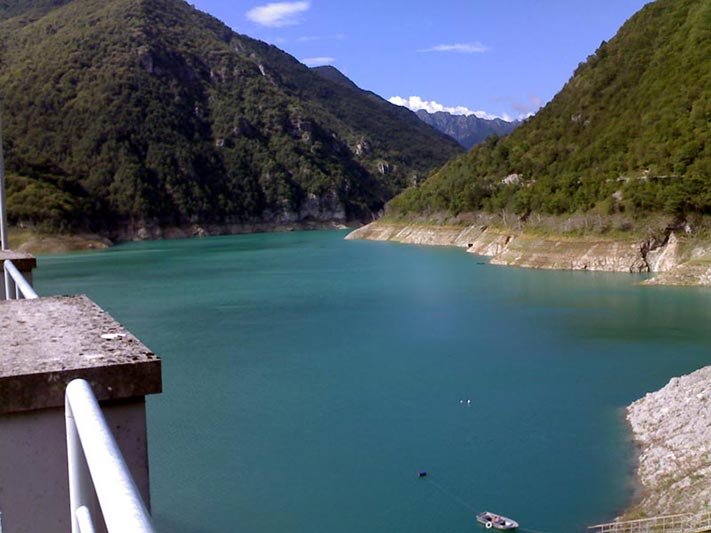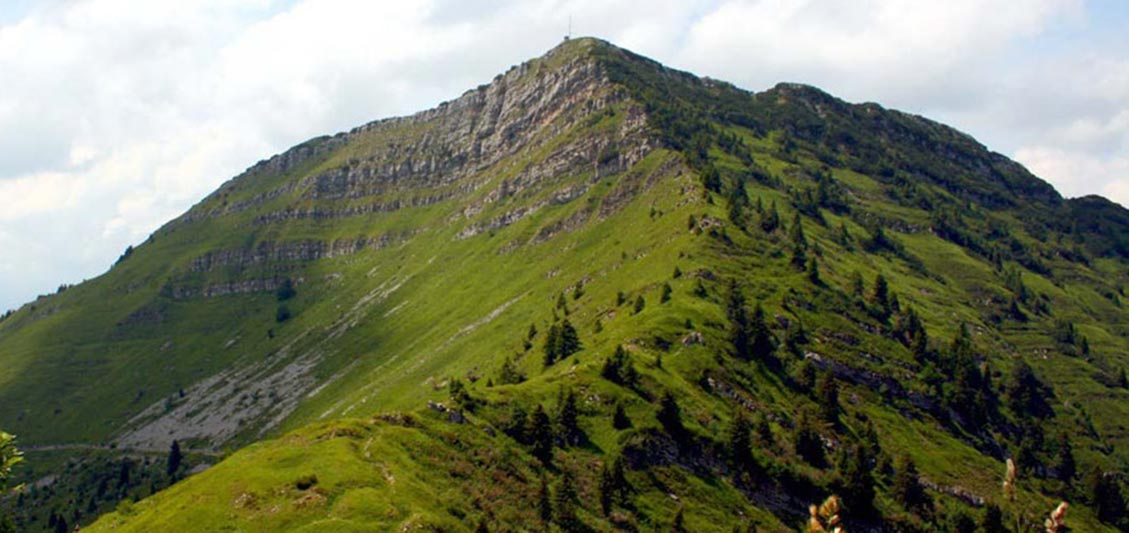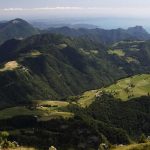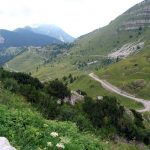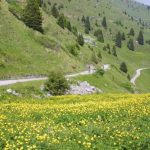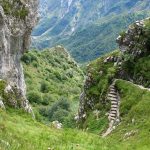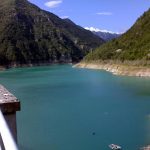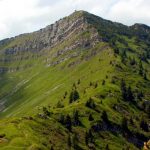Parco Alto Garda Bresciano
PARCO ALTO GARDA BRESCIANO
The Nature Park (Parco Alto Garda Bresciano) was established in 1989. Its territory stretches from the shores of Lake Garda up to the mountain ridge to the north which coincides with the border between Lombardy and the province of Trento (Ledro Valley) and east of Val Sabbia.
Inside, in the main valley, the park welcomes Lake Valvestino artificially in the sixties, and the nature reserve of the former Lake Bondo. The highest point of the park is Mount Caplone which reaches 1976 meters above sea level.
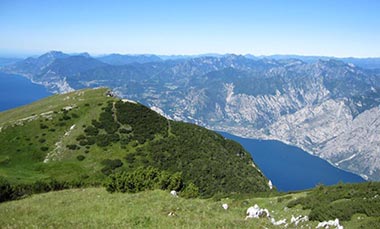 The Park (Parco Alto Garda Bresciano) includes nine municipalities: Salò, Gardone Riviera, Toscolano Maderno, Gargnano, Limone sul Garda, Maganey, Tignale Tremosine, Valvestino.
The Park (Parco Alto Garda Bresciano) includes nine municipalities: Salò, Gardone Riviera, Toscolano Maderno, Gargnano, Limone sul Garda, Maganey, Tignale Tremosine, Valvestino.
The park is characterized by strong contrasts altitude (ranging from 65 to nearly 2000 meters of the Riviera’s highest peak), climate, vegetation, social and economici. From celebrated “Mediterranean” of the coastal strip, well represented by “Limonaie” passing, in the space of a few kilometers, a typical alpine environment, with forests of oak and hornbeam and higher to the beautiful beech and pine woods.
These are the two aspects that characterize the territory of the Park (Parco Alto Garda Bresciano), together with the presence of the large body of water of Lake Garda that influence the climate, the flora and fauna of the area.
The presence of environmental contexts as diverse as possible in the Park (Parco Alto Garda Bresciano) makes it an exceptional biodiversity at both plant and animal.
In the hilly and mountainous areas spread across all nine areas of the park, less frequented by mass tourism, it develops a network of forest roads and trails supported by the presence of shelters, camps and other facilities also hospitable rural type, such such as barns with thatched Cima Rest in Valvestino.
The museum network of the Park (Parco Alto Garda Bresciano) was created to rediscover and enhance the culture, ancient knowledge, folk traditions and the relationship between man and environment. Includes the following facilities:
• The Museum of the Alto Garda Bresciano Park – Visitor Center
• The Eco-museum of limonaia “Pra dela Fam” – Tignale
• The Ethnographic Museum of Valvestino in loc.Cima Rest – Maganey
• The new Botanical Museum “Don Pietro Gate” located in Moerna – Valvestino
• The Museum “Ancient crafts: the water mill” – Valvestino
• The Archaeological Museum “A. Piles “- Salo
• The limonaia Castel – Limone sul Garda
The Lake Bondo
The name comes from the Celtic “Bunda”, or hollow. The Bondo Valley was carved by the river of the same name. At the end of the period of glaciation, the big Garda glacier, retreating left behind various materials that form the “moraines.”
One of these, damming the river Bondo, turned it into a lake. As a result, over time the lake was filled with debris and disappeared.
In some, however, subsoil impermeable clay layers, during heavy rains, hold water and the lake itself is reformed. This phenomenon of re-emergence of the lake occurred more frequently at one time, now much more rarely.
Valvestino
And the valley that is the innermost part of Lake Garda and wild, which winds along a narrow artificial lake formed by the dam which collects the waters of the river Toscolano, a fjord that is wedged into the mountain.
In the valley there are meadows and pristine forests and small rural towns where time seems to stand still.
A Maganey, one of the municipalities of Valvestino, in the village there are Cima Rest of the barns on the particular rural architecture, with pitched roofs consist of approximately 7500 bundles of straw tied together in such a way as to become water repellent.
The oldest date back to 1600. Inhabited throughout the year, they had the mezzanine in wood for forage harvesting and ground floor also used as a barn and warehouse. From autumn to spring served as a tasty cheese factory for the production of butter and cheese.
Some have been renovated to make use of tourist accommodation and one houses the Ethnographic Museum of Rural Life.
Valvestino well as important from environmental point of view due to the presence of endemic flora is rich in history.
Inhabited since prehistoric times, a place of transit for the Romans and part of the Lombard Duchy, it was the eleventh century. fief of the Counts Lodrone first and then under the dominion of the prince-bishopric of Trento.
A land border, after the Hapsburg domination became Italian in 1915.
Hermitage of San Michele
The Hermitage is located in Tresimone, near a trail in the Valley of San Michele, at the foot of Mount Tremalzo and has ancient origins.
This place is probably of Lombard origins, as St. Michael the Archangel was in fact taken by these people as their protector after his conversion to Christianity took place in the eighth century AD . On the other hand in these areas lived many coal miners and workers of the factories, that is, people who used fire and St. Michael is the patron of those who work with fire.
Part of the oldest building dates back to the twelfth century., The current one can be placed in the fourteenth century.
